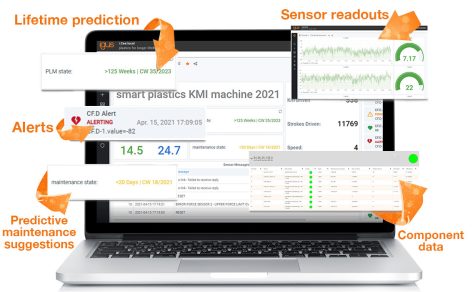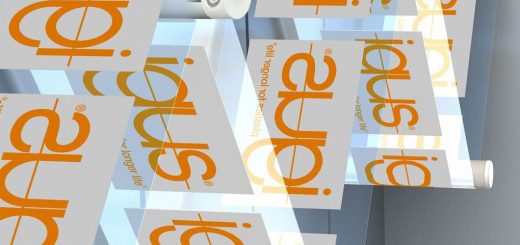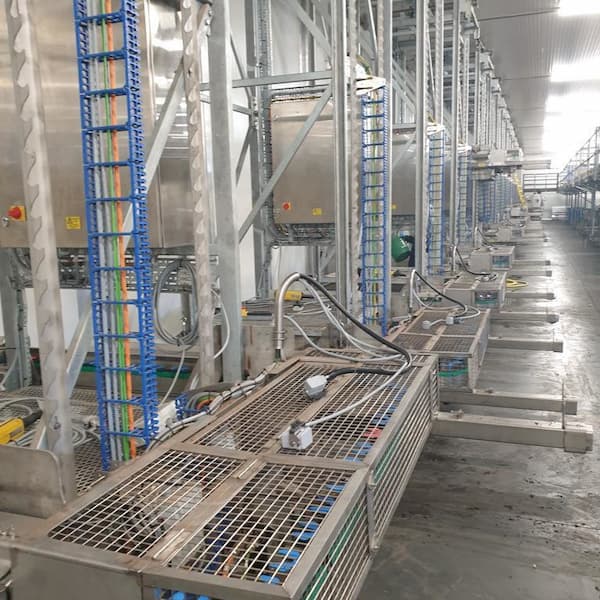What is the Internet of Things (IoT)?
The Internet of Things (IoT) is a transformative concept that has been reshaping the way we interact with the world around us. At its core, IoT refers to the network of physical objects— “things”—embedded with sensors, software, and other technologies, which connect and exchange data with other devices over the internet. This interconnected web of devices can range from everyday household items to sophisticated industrial tools, all designed to create an integrated and efficient world.

The Evolution of Internet of Things
The idea of connected devices isn’t entirely new. The concept goes back over 40 years to the early 1980s when a Coca-Cola vending machine at Carnegie Mellon University was modified to report its inventory and whether newly loaded drinks were cold. However, it wasn’t until the creation of affordable wireless technology, advanced sensors, and the inception of the internet that IoT began to take off. Read more about this fascinating case here: The little-known story of the first IoT device.
How does IoT Work?
IoT systems operate using several key components:
Sensors/Devices: These are the physical objects that collect data from their environment. This could be anything from temperature sensors, motion detectors, or even smartwatches!
Connectivity: The data collected by these sensors is transmitted to a cloud infrastructure through various communication methods such as Wi-Fi, Bluetooth, or satellite.
Data Processing: Once the data reaches the cloud, software processes it to perform various actions. This could be as simple as checking the temperature of an item or as complex as analysing large datasets to predict future trends.
User Interface: The processed data is then made available to the end-user through various interfaces, such as mobile apps, web dashboards, or automated alerts.
Applications of IoT
The applications of IoT are vast and varied, impacting numerous sectors, many of which you may use in your day-to-day life such as smart homes which gives homeowners the ability to control and monitor thermostats, lighting systems, and security cameras all on a smartphone. IoT can be useful in healthcare too, through the creation of wearable devices and remote monitoring systems that allow for health tracking, providing real-time data to both patients and healthcare providers.

However, the most relevant application for this blog is Industrial IoT (IIoT). In manufacturing and industrial settings, IoT is used to optimise operations, improve safety, and reduce costs. Sensors on machinery can predict maintenance needs before a breakdown occurs to reduce downtime.
igus smart plastics incorporates IoT to provide i.Cee, a predictive maintenance tool that calculates the perfect time to service the components in your machinery. i.Cee can be paired with our other products such as energy chains or plain bearings and transformed into intelligent products, maximising their service life and giving you the information you need to know when and how to maintain them.
This means the benefits of IoT are pretty clear cut and if you have already integrated IoT into your personal lives, you will have experienced them first hand, so why not extend this to your business?
Challenges and Concerns
Although there are a whole host of positives that IoT brings, it’s important to consider any challenges that may arise:
Security: With so many devices connected to the internet, the risk of cyberattacks increases. Ensuring robust security measures are in place is crucial to protect sensitive data.

igus provide peace of mind with i.Cee so your data never leaves your corporate network, since the i. Cee software communicates only within the networks you want it to.
Privacy: The collection and use of personal data by IoT devices raise significant privacy concerns. Clear regulations and transparent practices are needed to address these issues.

Your data is made available in a protected area that can be accessed with a browser dashboard and the i.Cee.net is at your location, allowing you to stop or adjust data exchange with the cloud at any time.
The Future of the Internet of Things IoT
The future of IoT is promising and as technology continues to advance, we can expect even more innovative applications and greater integration into our personal and professional lives. From smart cities that optimise energy use and reduce waste to advanced healthcare solutions that provide personalised care, the potential of IoT is vast.
The Internet of Things is not just a technological trend but a fundamental shift in how we interact with the world. By connecting physical and digital realms, IoT is paving the way for a smarter, more efficient, and interconnected future.
Read more on innovations or digitalisation and let us know your thoughts.



